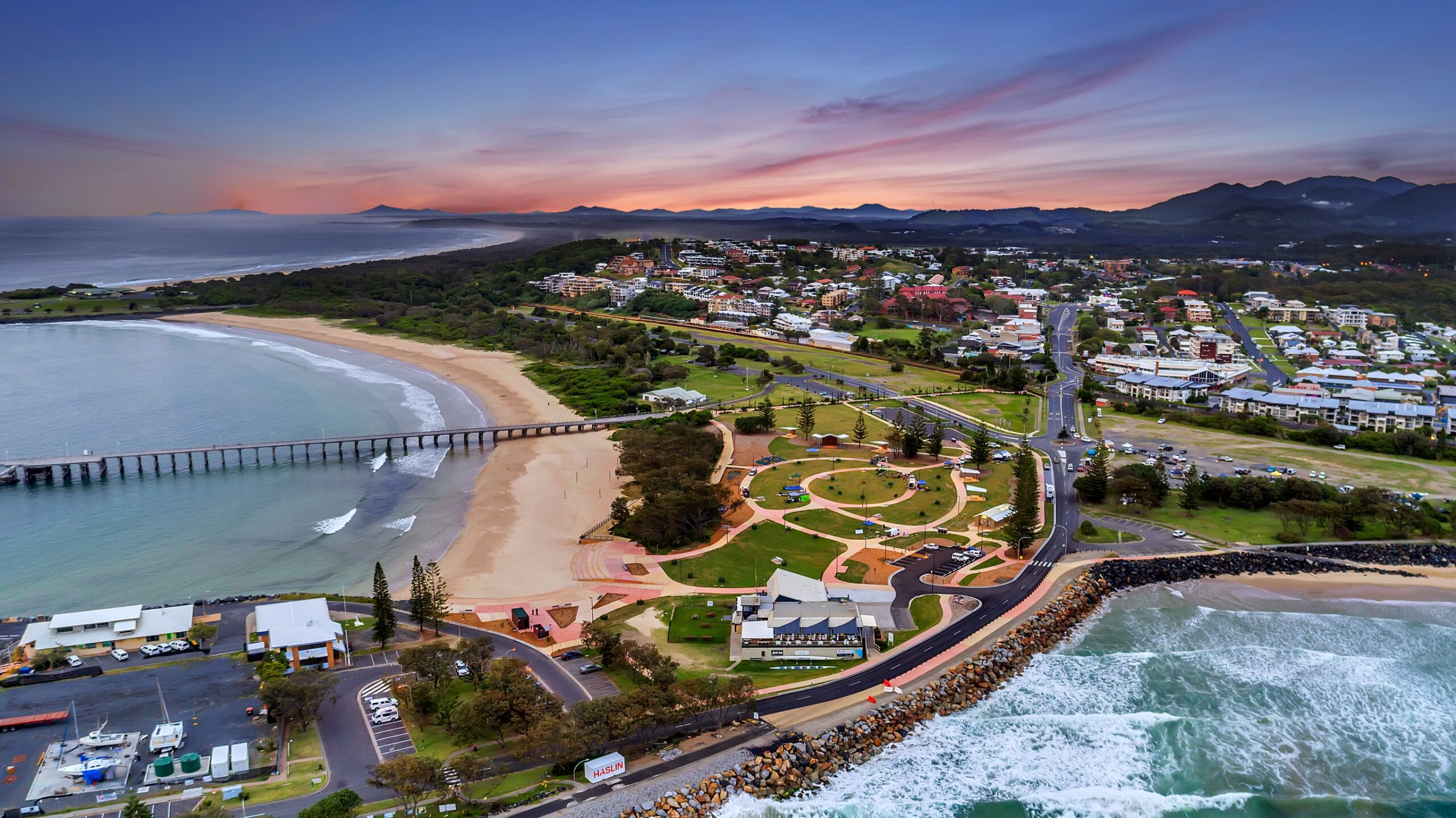Regional Capitals Australia has welcomed a breakthrough new report that outlines the regional infrastructure investment needed to lift Australia’s productivity.
Today Infrastructure Australia has released their Regional Strengths and Gaps report which clearly identifies the role that regional capitals play in our nation’s economy.
Cr Daniel Moloney, Chair of Regional Capitals Australia (RCA) said as the country moved toward COVID recovery, the government had a once in a generation opportunity to capitalise on the regional renaissance and realise the true economic potential of our nation.
“The Regional Strengths and Gaps report from the nation’s chief infrastructure advisory body has clearly mapped the gaps and also articulated the need for increased investment in our regions” Cr Moloney said.
The Regional Strengths and Gaps report identified a total of 479 infrastructure gaps, with the most common being housing, digital connectivity, road and rail transport, water security and education.
The report also noted that Australia’s regions are powerhouses of traditional and emerging industry, with over 30% of Australia’s gross domestic product generated in regional Australia.
“Regional Australia is our nation’s secret weapon” Cr Moloney declared.
“We have strong, diverse and resilient regional capitals but we need to get the right infrastructure in place so we can capitalise on those competitive advantages” Cr Moloney explained.
Regional Capitals Australia’s Pre Budget Submission is an action plan for Infrastructure Australia’s evidence-based report by calling for investment in:
about:blankImageUpload an image file, pick one from your media library, or add one with a URL.UploadMedia LibraryInsert from URL
- Regional infrastructure: including the Building Better Regions Fund, Regional Growth Fund, the Local Roads and Community Infrastructure Fund and a new Regional Arts Infrastructure Fund;
- Transport connectivity: including road, rail and air; and
- Regionalisation policy: to facilitate population growth and investment in the regions.
“The regional landscape is changing and policy-makers must adapt to accommodate this surge in demand” Cr Moloney said.
“This is a great opportunity for governments to undertake proactive planning at the local level, and back that up with a big budget boost for regional infrastructure” Cr Moloney concluded.
Regional Capitals Australia participated in Infrastructure Australia’s consultation process, giving an important voice to the 8 million people who live in regional capitals or rely on these centres for essential services.
